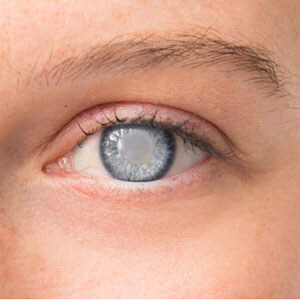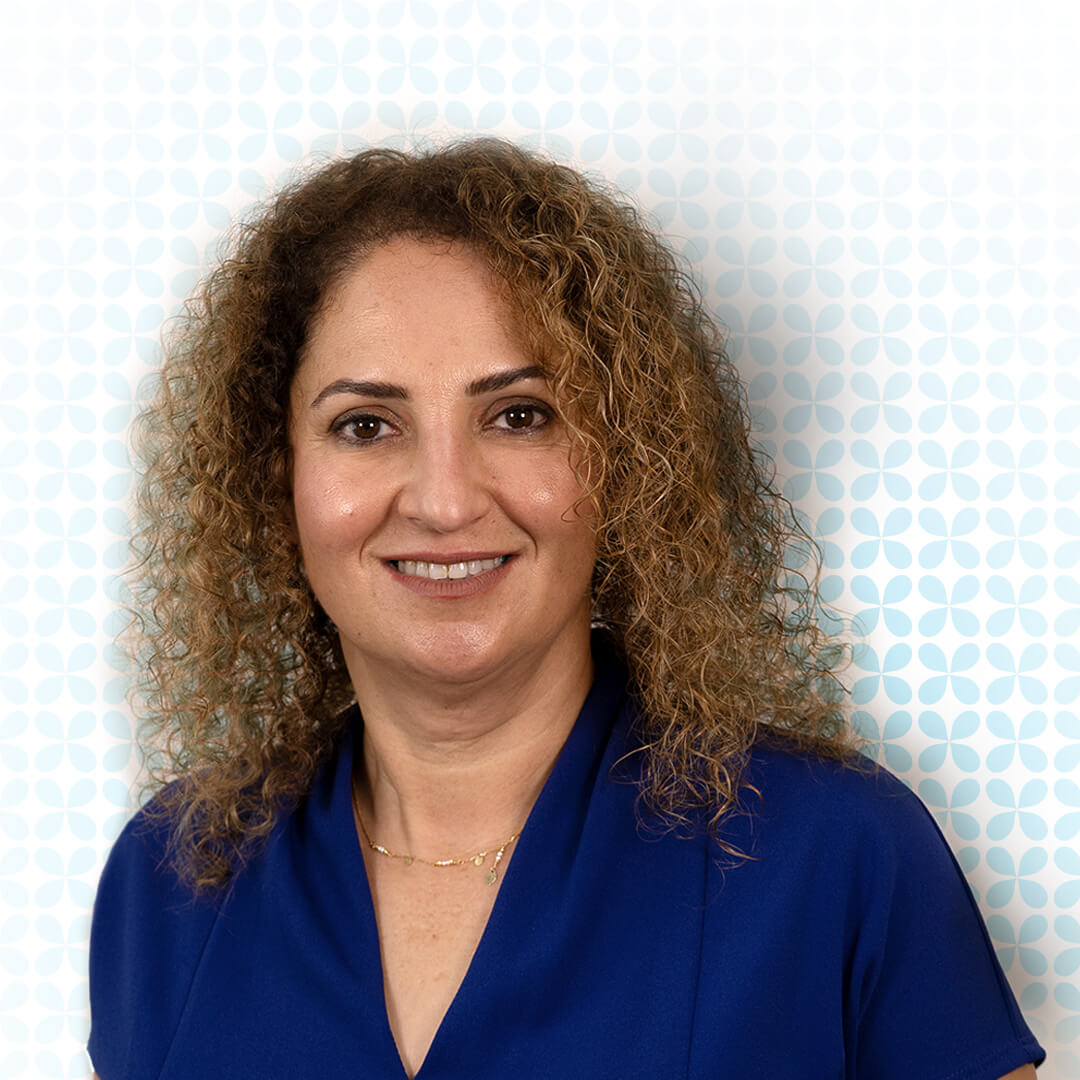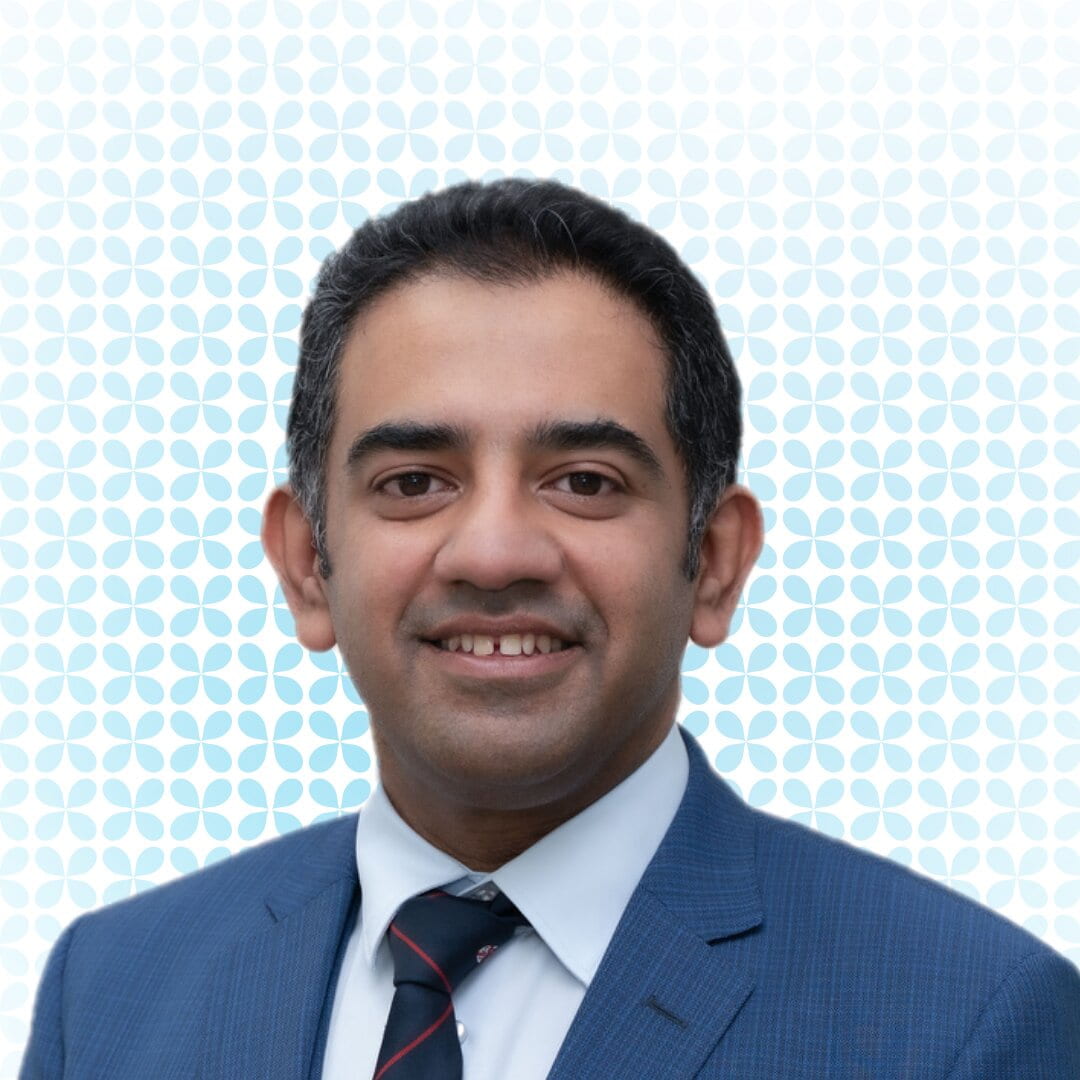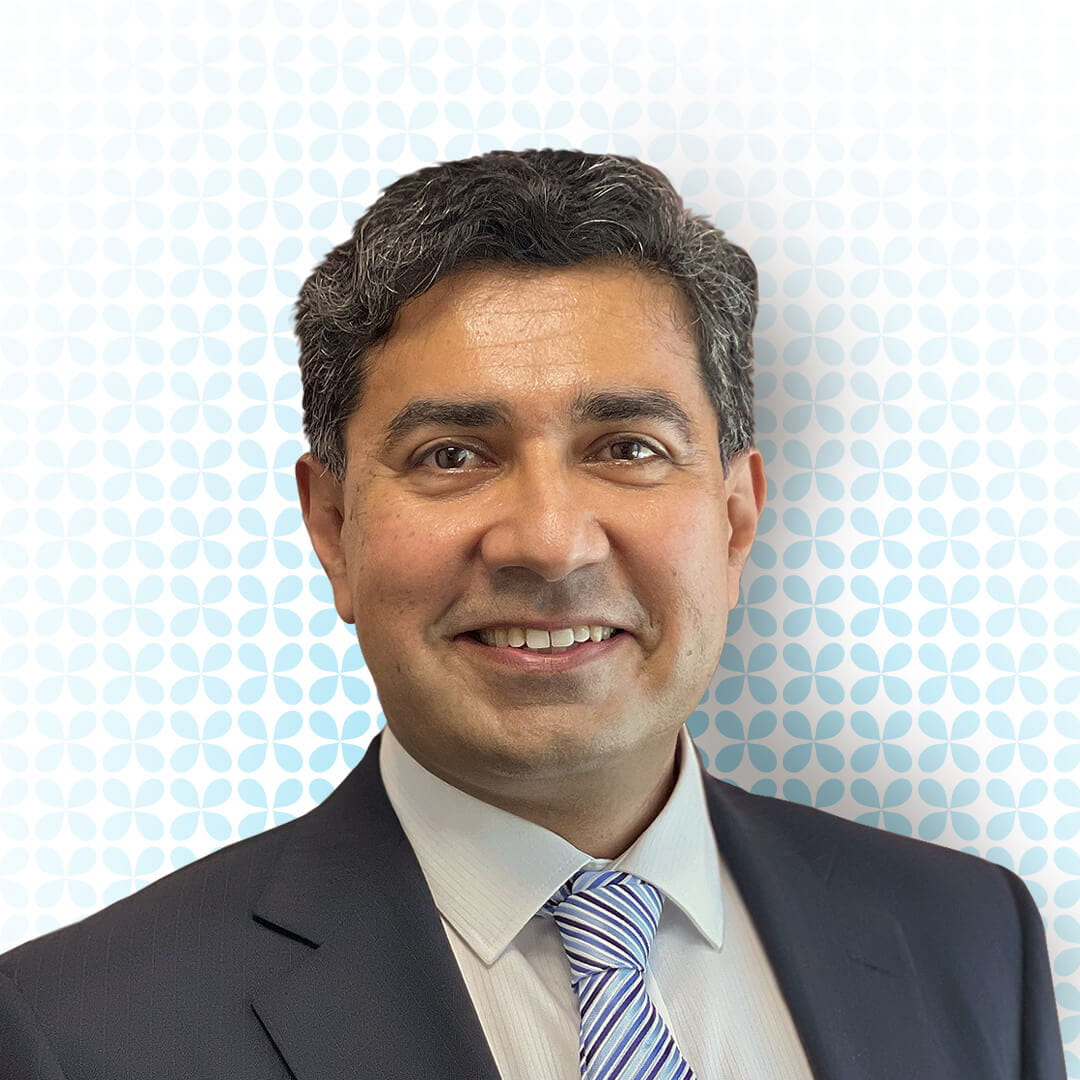About Paediatric Cataract
We all have a natural lens inside the eye that helps us to see clearly. The lens should be transparent like a clean crystal but a cataract makes the lens cloudy. Paediatric cataract is a condition in which the lens of the eye is cloudy, either partially or completely. It can be a congenital condition, present at the time of birth or acquired later, developing after the birth. A cloudy lens can occur in one eye (unilateral) or both eyes (bilateral).

Causes
There are many different causes of cataract in children. The most common causes are:
- Infections while the baby is still in the womb, like chicken pox or rubella (German measles)
- Inherited conditions. Some types of childhood cataracts run in families. Children may inherit the gene(s) for cataracts from a parent who may also have had childhood cataracts.
- Syndromes. Some conditions such as Down’s syndrome carry an increased risk of childhood cataract. Some but not all of these conditions are inherited from parents.
- Eye conditions such as uveitis (inflammation in the eye)
- Conditions that affect metabolism such as diabetes
- Trauma
- Sometimes no one can determine exactly why the cataract has occurred
Your child may also be seen by the paediatrician who will check to see if there are any conditions associated with the cataract.
Symptoms
- White reflex on photographs, due to whitening or clouding of lens
- Wandering eye or strabismus
- Wobbly eyes or nystagmus
- Photophobia/ light sensitivity
- Holding things close to the face to see
Some children may not display any symptoms of cataracts as the child can often appear to function well even with reduced vision. Similarly with unilateral cataract, a child may not show any symptoms as the unaffected eye is used for all the visual tasks.
In most cases, cataracts that are present at birth will need to be surgically treated. The success of congenital cataract treatment is largely dependent on the time of intervention; the earlier the surgery is done, the more successful it is. For bilateral congenital cataracts, surgery should be done in the first 10 weeks of life and unilateral congenital cataracts in the first 6 weeks of life.
However, not all cataracts need an operation and sometimes glasses will improve the vision. Even if no surgery is done your child will still need to be checked in clinic to monitor how the eyes are developing.
Cataract surgery in children is more complicated than those in adults and the results less predictable because the eyes are still growing and there is more inflammation and scarring produced in response to the operation.
Children undergoing a cataract operation will require a general anaesthetic, where they are asleep for the operation. If your child has cataracts in both eyes, each eye will require a separate operation, usually within a short time of each other. The two operations are not usually done together because that could increase the risk of infection.
Request an Appointment





